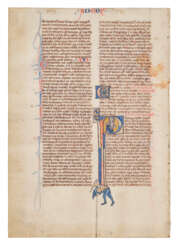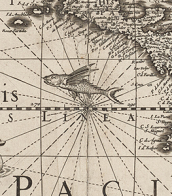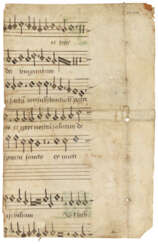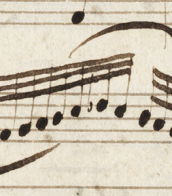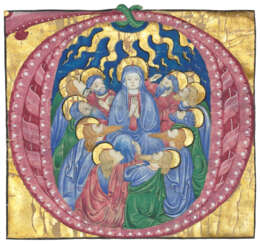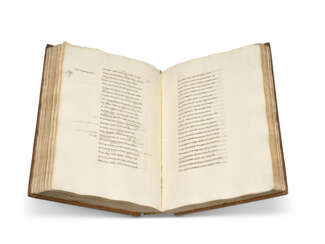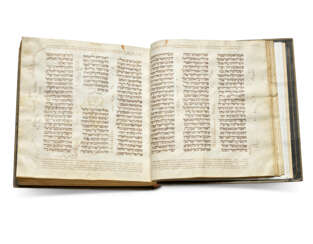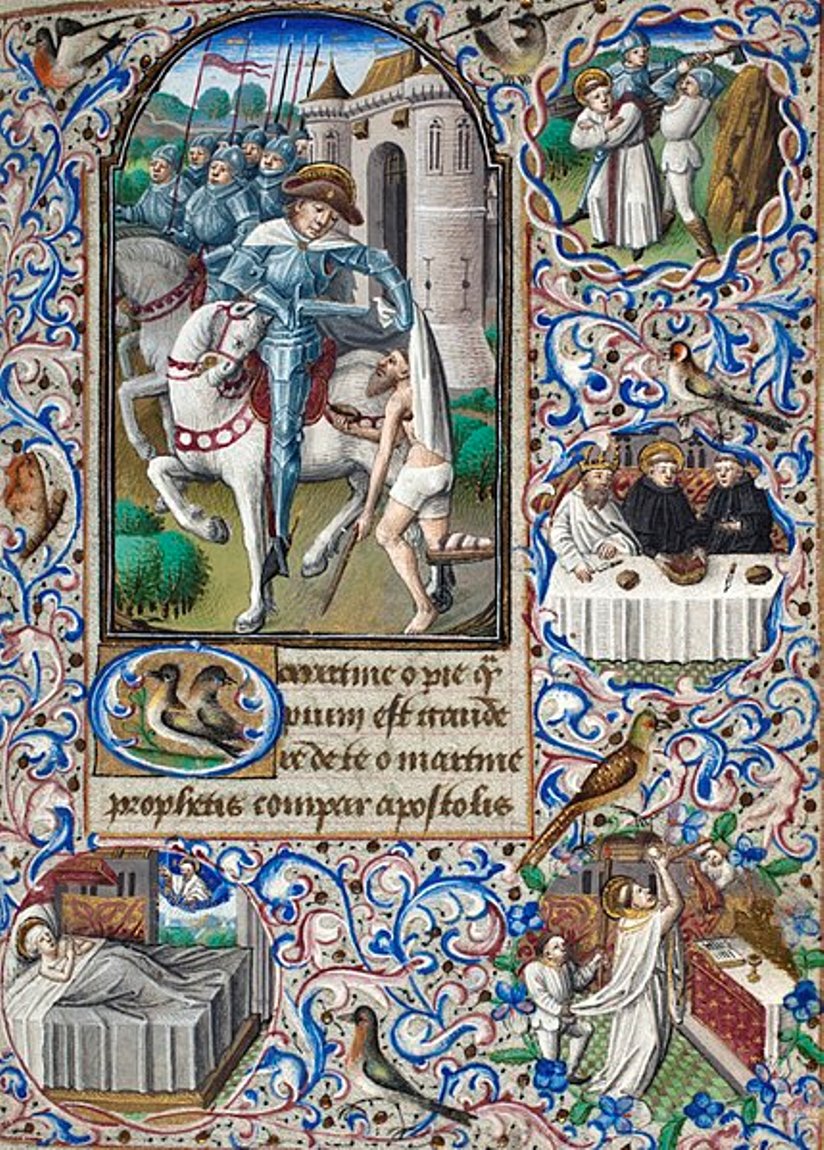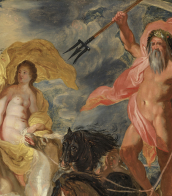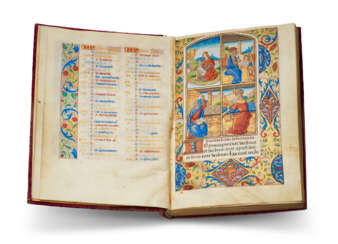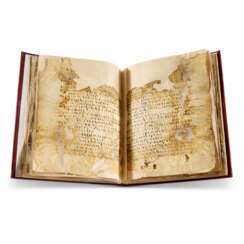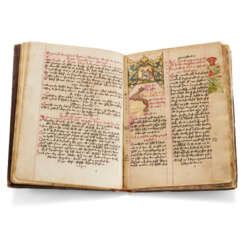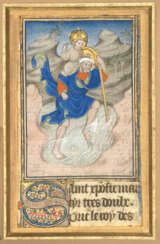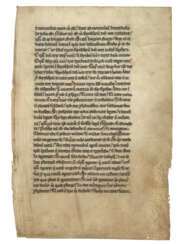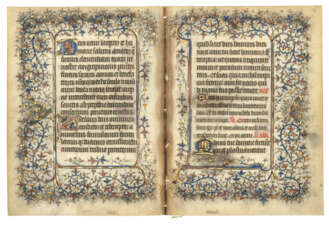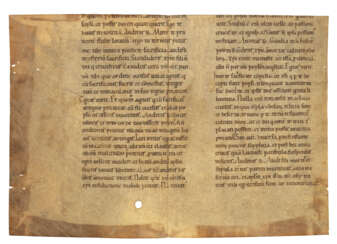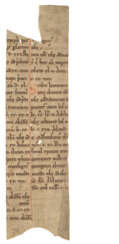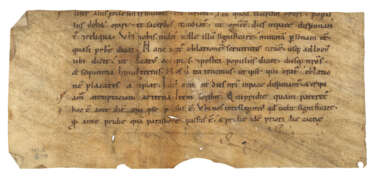medieval & renaissance manuscripts
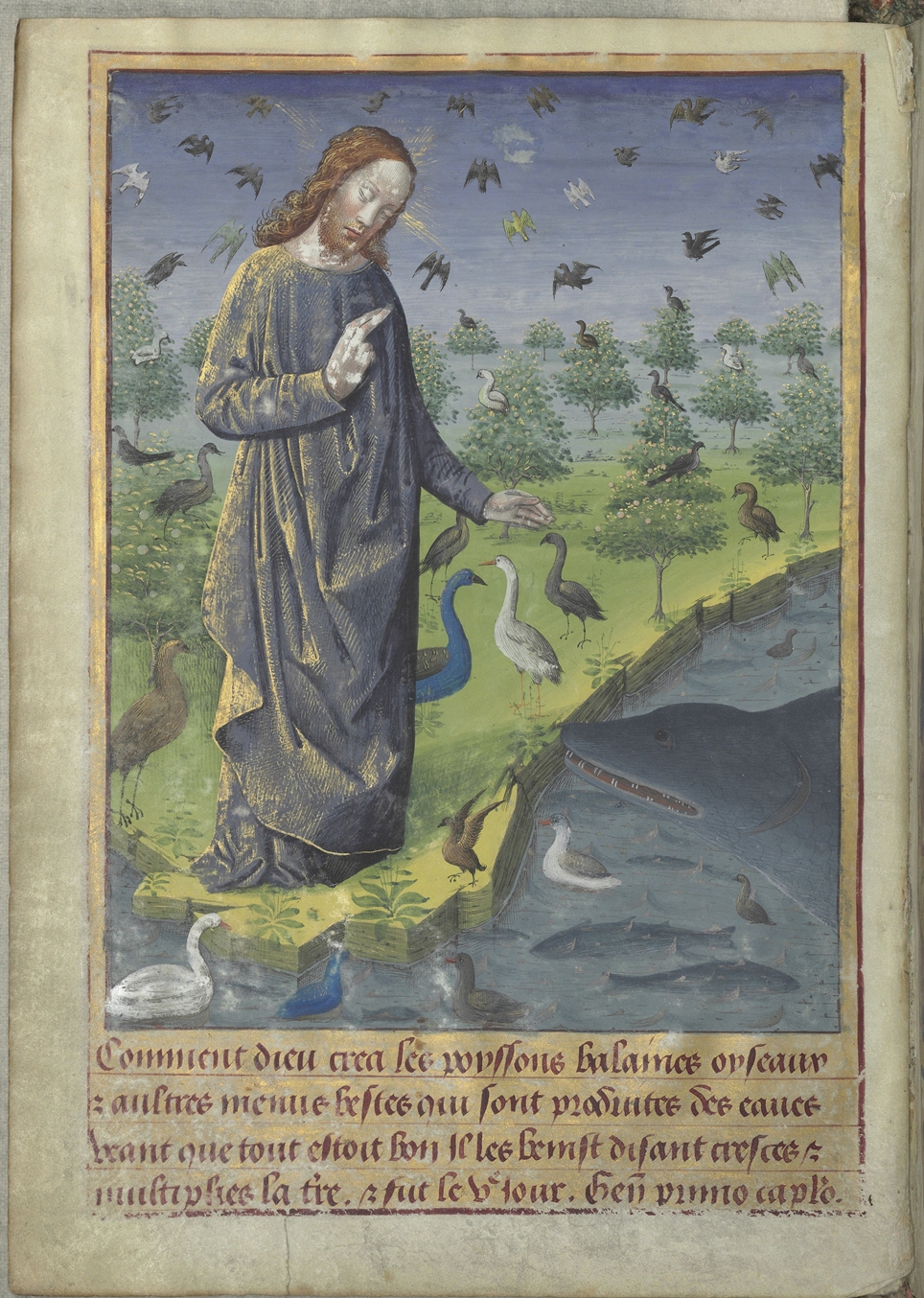
Jean Colombe was a French miniaturist and manuscript illustrator. He founded a dynasty of illuminators, including a son and grandson who continued his work even after his death.
Colombe is known to have decorated a large number of manuscripts. He was commissioned to illustrate both secular and religious texts, and he depicted scenes with many characters in elaborate architectural structures or landscapes. His illuminated manuscripts were decorated with gold or silver, brilliant colors, intricate drawings, or miniature images. Jean Colombe was patronized by Charlotte of Savoy, wife of Louis XI and a noted bibliophile. He illustrated manuscripts for the queen, her daughter Anne Beaujault, and members of the court. Colombe also entered the service of her nephew, Charles I, Duke of Savoy, who commissioned him to complete two unfinished manuscripts in his library: the magnificent Apocalypse of Jean Baptiste and Perronet Lamy and probably the most famous of all the Chapels, The Rich Estates of the Duke of Berry by the brothers de Limbourg.
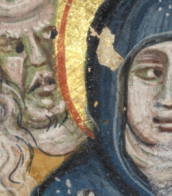
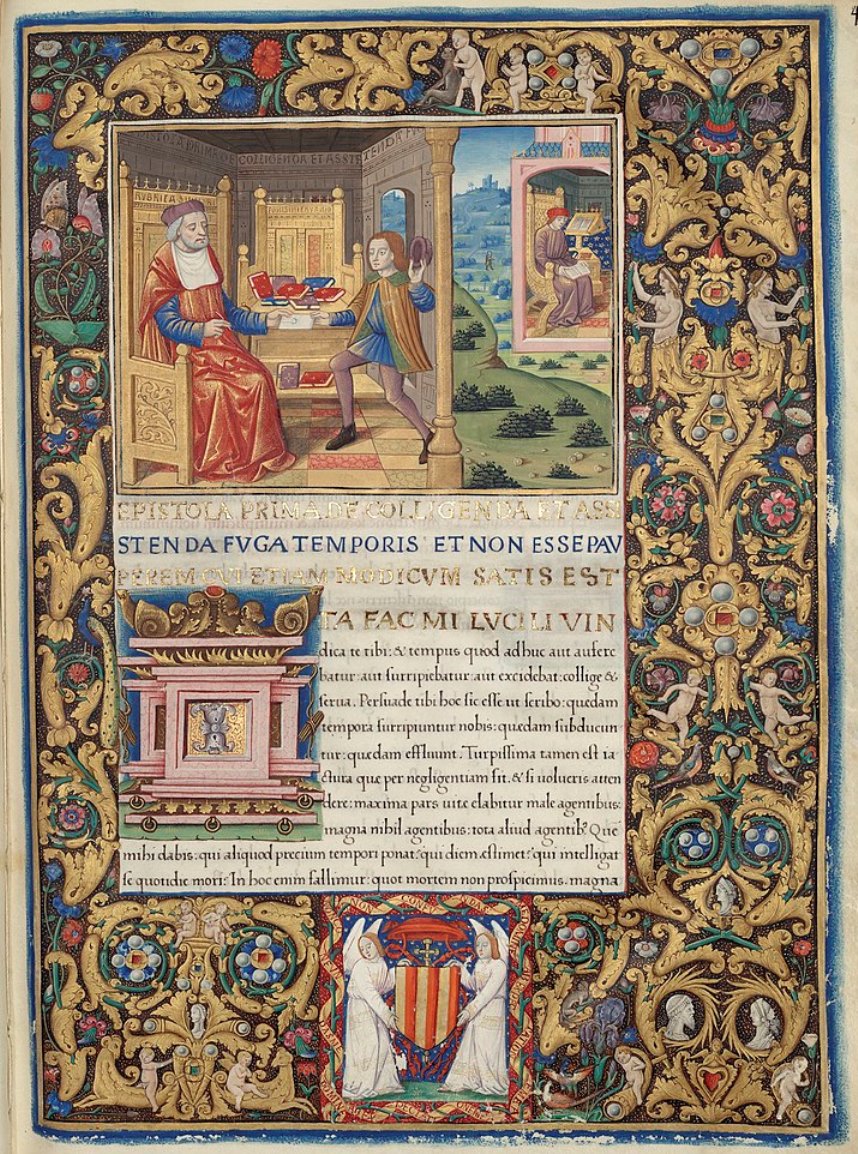
Robert Boyvin was a French illuminator who worked in Rouen between 1480 and 1536.
Robert came from the Boyvin family of booksellers, known since the early 15th century. He was part of a group of illuminators along with Jean Pichord, Jean Serpen, Etienne du Monstier and Nicolas Hisse.
Boyvin produced more than 80 surviving manuscripts, most of which were books of hours, and his style had a great influence on the Rouen workshops. From 1530, Boyvin also made some jewelry for Cardinal Georges d'Amboise.
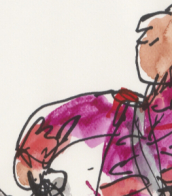
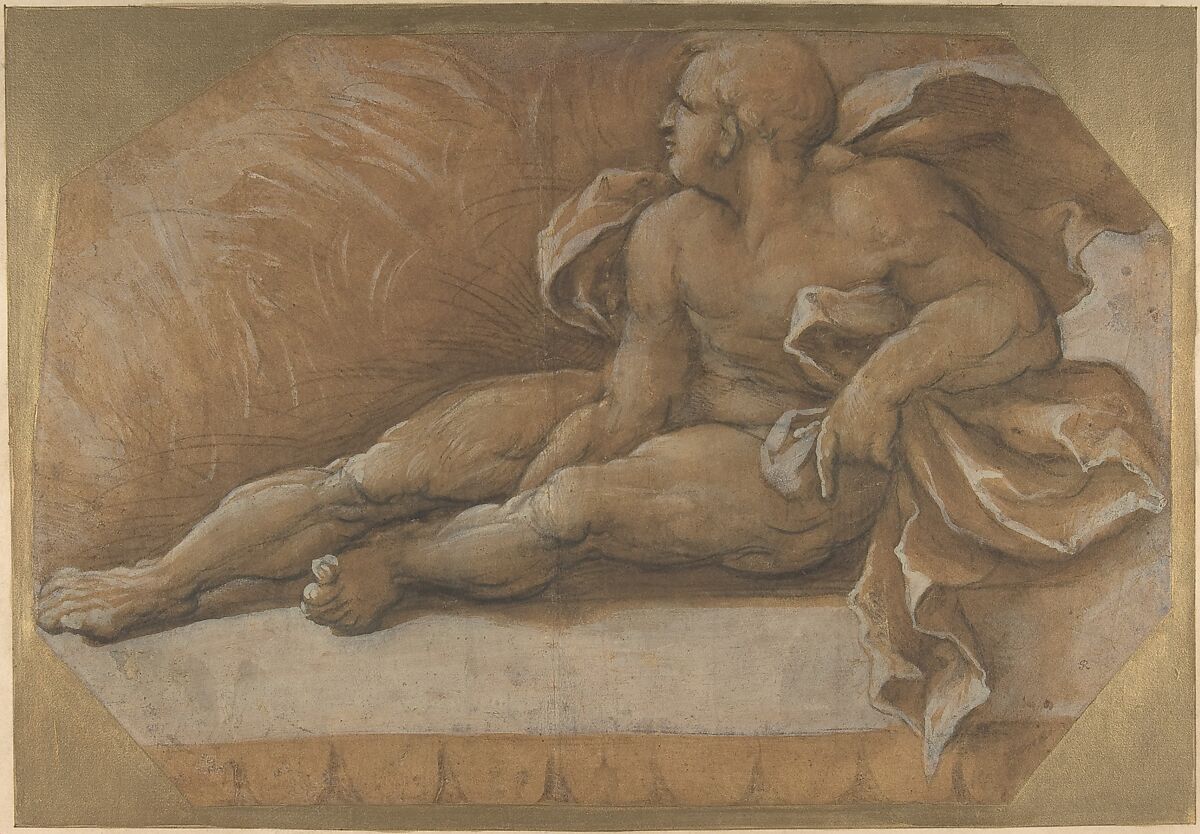
Amico Aspertini was an Italian Renaissance painter, draughtsman, and sculptor, considered one of the leading representatives of the Bolognese school of painting.
He was trained in the family workshop and was influenced by the artists of the Ferrara school, Ercole de'Roberti, Lorenzo Costa, and Francesco Francia. He worked as a painter and sculptor, and was also an excellent draughtsman, as evidenced by his many surviving drawings and sketches. Contemporaries marveled at his complex and impulsive character and noted that he worked with both hands simultaneously.
Aspertini painted splendid portraits as well as numerous frescoes and altarpiece paintings in chapels and churches in Italy. Many of his works are eccentric and eclectic, even whimsically fantastical, his complex style anticipating Mannerism.

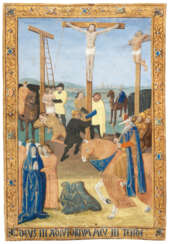

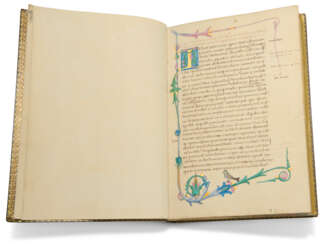


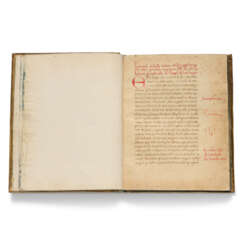

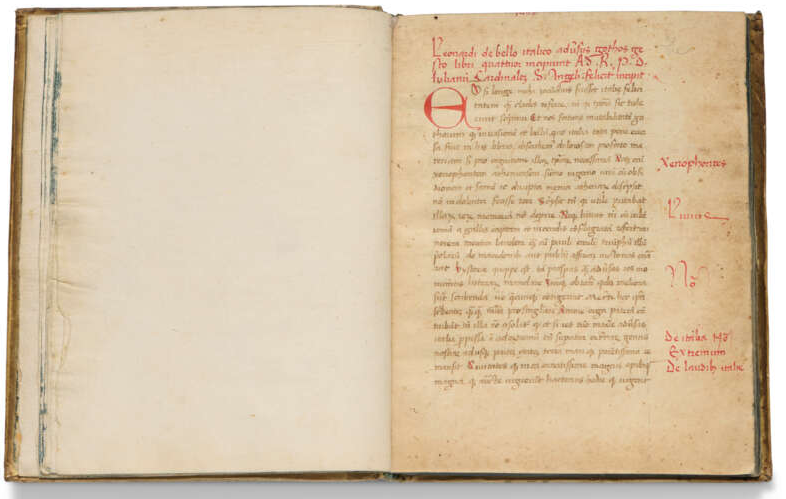
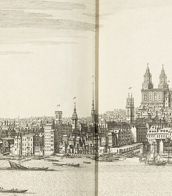
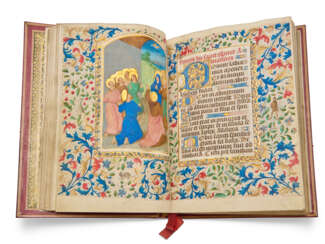

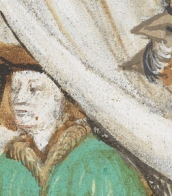
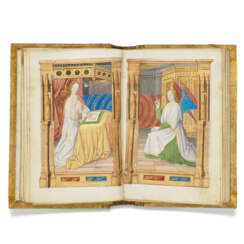

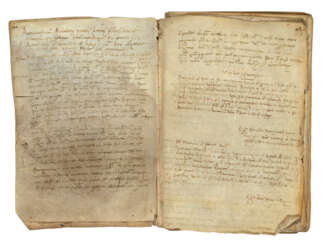

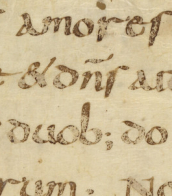


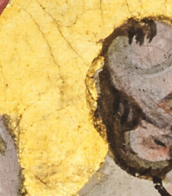
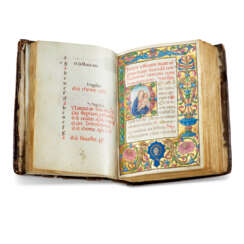

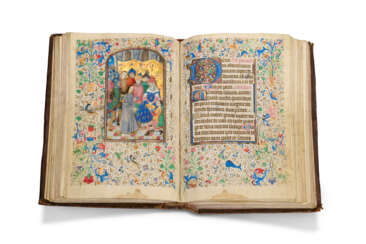

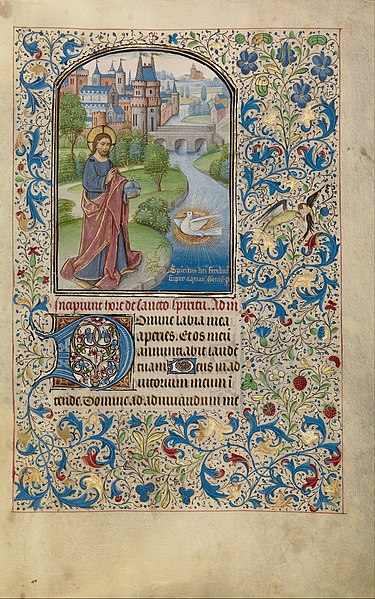
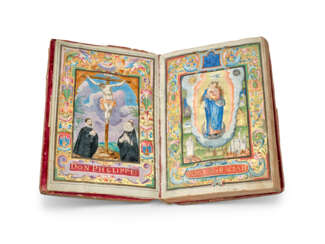

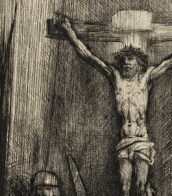
![[Roberto Canonici (1568-1631)]](/assets/image/picture_4734271/340e3/69d06006bde984c67ec589cb829ac1601752012000jpg__fix_374_244.jpeg)
![[Roberto Canonici (1568-1631)]](https://veryimportantlot.com/assets/image/picture_4734271/340e3/69d06006bde984c67ec589cb829ac1601752012000jpg__fix_374_244.jpeg)


![[After Bernardino Telesio]](/assets/image/picture_2279479/f60bb/0310b646d91811f335924ae0131d9d1f1657663200jpg__fix_374_244.jpeg)
![[After Bernardino Telesio]](https://veryimportantlot.com/assets/image/picture_2279479/f60bb/0310b646d91811f335924ae0131d9d1f1657663200jpg__fix_374_244.jpeg)


